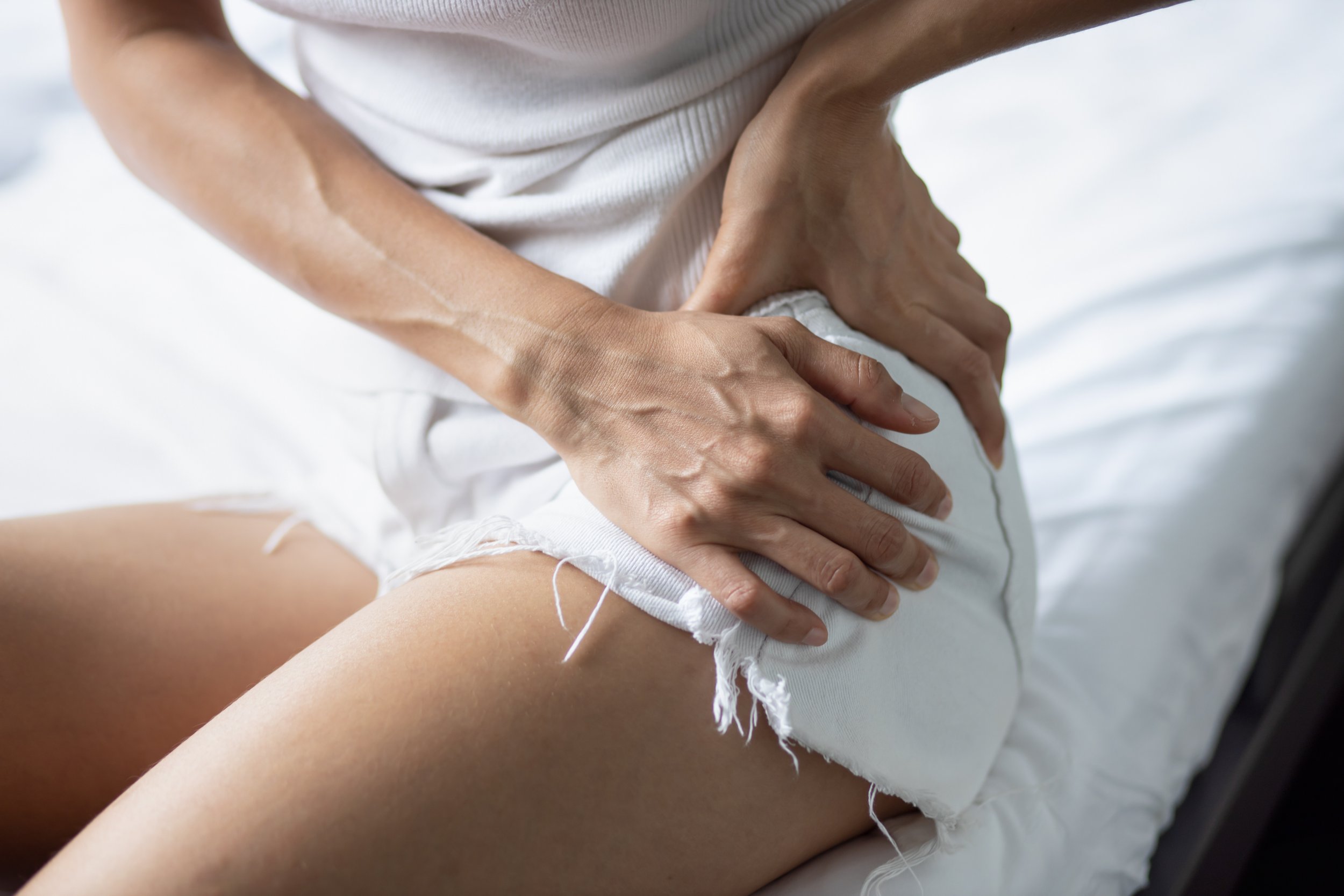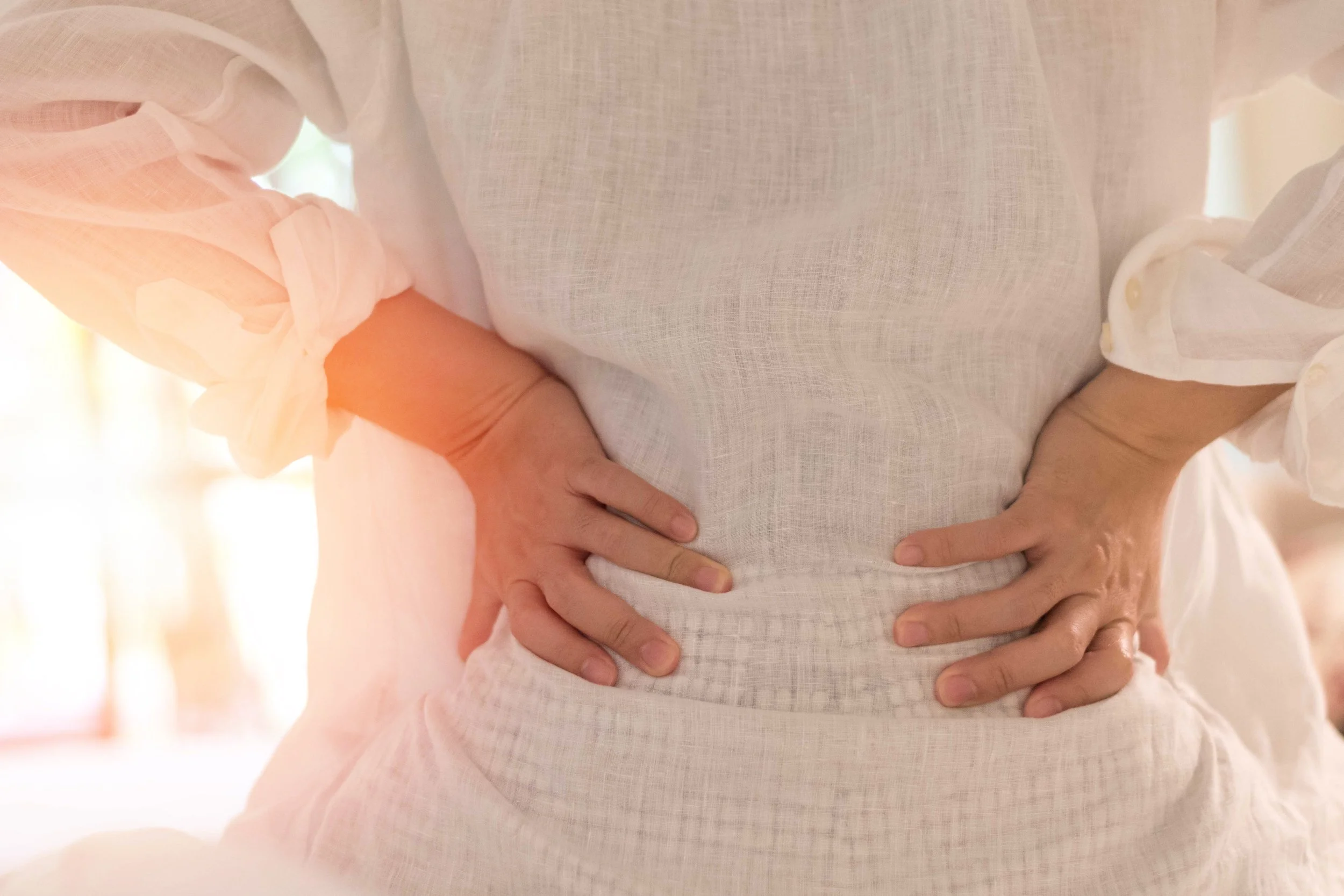
Physio for Hip Pain
Treatment
Are you struggling with hip pain?
At Vitalis, we specialise in the expert assessment and treatment of hip pain. When you experience a hip problem, it can feel like your daily function, sleep and activities like getting in and out of the car, walking or putting on socks become troublesome.
Our goal is not just to treat pain but to re-build movement that feels natural, stable and strong. The hip joint is subject to high forces when walking and running, therefore building muscle mass around the hip joint is key to creating a sense of stability and controlling symptoms in the long term. We use normal movement re-training, soft tissue release and dry needling but at the heart of our hip strategy is exercise and strength based rehab.
The Hip - Our Approach
Trusted Sports Injury Physio Specialists
Using a systematic assessment, we can identify if the joint is the underlying cause of symptoms or if the surrounding muscles and soft tissue are the issue. Our assessment will take into account a detailed history of your symptoms, a physical examination that evaluates your hip movement, ligamentous laxity, hip muscle strength, biomechanics and movement patterns. Often, some form of scanning is helpful to identify any subtle problems with the shape of the ball and socket joint, this will be discussed with you in detail.
Our approach emphasises the importance of
Accurate clinical assessment of the hip
Structured rehabilitation tailored to the stage and type of injury
Active rehab, rather than over-reliance on passive treatments
The type of hip problems we can help with
Femoro-acetabular impingement (FAI or Hip Impingement)
Micro-instability with ligamentous laxity (Hip Joint Looseness)
Snapping hip
Iiliopsoas tendinopathy
Hip Soft Tissue Injury (Gluteal tendinopathy)
Mild hip dysplaysia (shallow socket)
Mild or moderate arthritis
Pre-hab before hip surgery / Rehab after hip surgery
Our aim is simple – to help you take control and feel stronger, so you can get back to doing the things you love.
How we treat hip pain at Vitalis
At Vitalis, our management of hip pain is built upon experience. Treatment depends upon your hip’s specific set of problems. A stiff hip often requires loosening strategies, a mobile hip with weak muscles requires strengthening.
We restore normal movement, strengthen weak muscles and integrate hands on therapy and dry needling if needed. High-level rehab is available to those who wish to return to running or impact activities.

Guided Recovery From Hip Pain
Don’t let hip pain hold you back. Contact Vitalis Physio today to book your personalised assessment and start your journey to lasting recovery.
Email: info@vitalisphysio.com
Address: 1 Cuxham Road, Watlington, OX49 5JW
Phone: 07432 690233
Physiotherapy for Hip Pain
Frequently Asked Questions
-
The most common causes of hip pain in younger people is femoro-acetabular impingement (FAI) or a labral tear. There are three types of FAI.
Cam type – An abnormal bony bump on the femoral head or neck, which contacts abnormally against the rim of the socket.
Pincer type – The acetabulum (socket) has excessive coverage of the femoral head, causing the labrum to be pinched.
Mixed Cam and Pincer - Both cam and pincer features are present (most common).
Hip dysplasia or a shallow hip socket can also cause pain in younger adults. This leads to abnormal force and stress.
-
The labrum is a piece of flexible cartilage attached to the rim of the hip socket. If FAI is present, the labrum can be over-loaded and can be damaged. The labrum can also be damaged if the shape of the ball and socket are normal but if there is trauma to the hip or a specific injury.
-
The most common cause of hip pain in men and women over the age of 50 is due to arthritis. Women often present with pain located over the outside of the hip, this can be referred pain from the joint, or can be gluteal tendinopathy (weakening and over-use of the muscles that attach to the hip bone (greater trochanter).
-
Most frequently, the hip joint will generate pain in the region of the groin crease. It can also refer to the side or back of the hip, along the thigh. Some experience diffuse pain that radiates into the knee. It is common to experience pain in more than one place around the pelvis when you have a hip problem.
-
This depends upon what is wrong with your hip. If you have mild to moderate arthritis, physiotherapy will most likely help control your symptoms. If you have FAI and you would like to avoid surgery or try physiotherapy before surgery then physiotherapy is a good treatment option.
-
You will be thoroughly assessed during your appointment, weak muscles will be identified and
-
The hip joint is subject to high forces when walking and running, therefore building muscle mass around the hip joint is key to creating a sense of stability and controlling symptoms in the long term. Building new muscle takes around 16 weeks depending upon your age, biological sex, and diet. Hip pain will often resolve within this time, but commitment to the exercise programme will need to continue.
-
You don't need a referral to get started with Vitalis.


